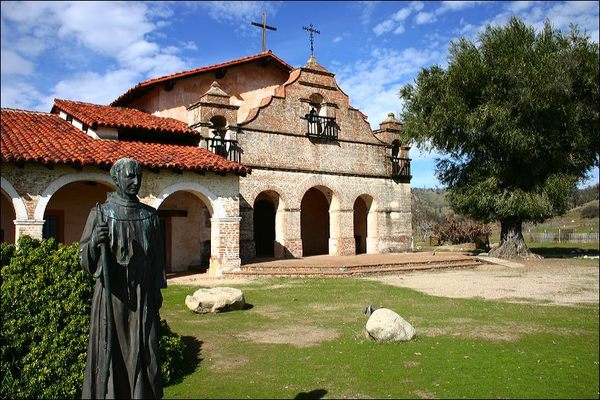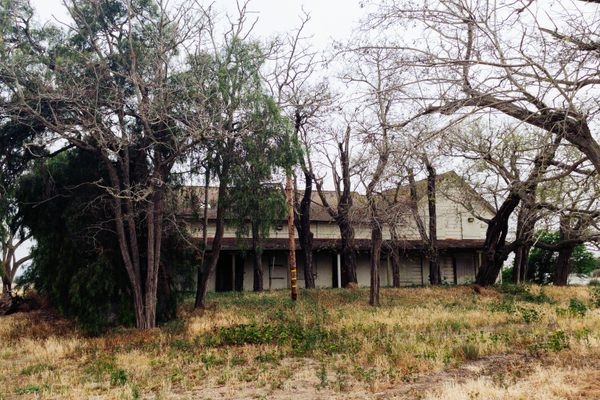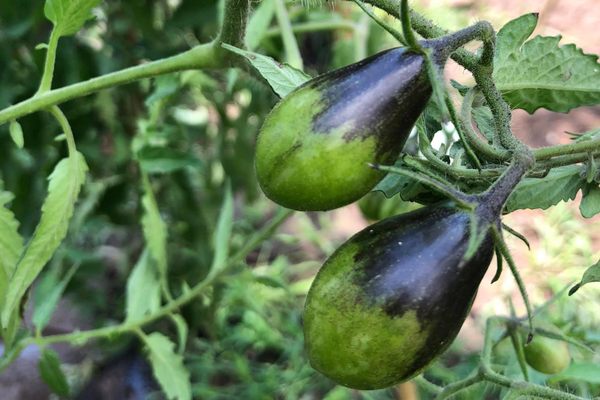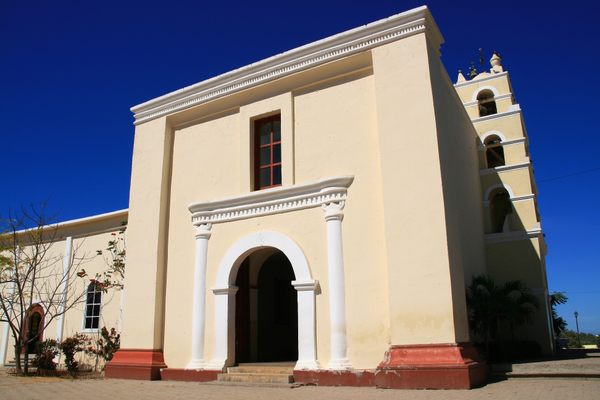AO Edited
The Monterey County Agricultural and Rural Life Museum
This museum honors the farming past of the “Salad Bowl of the World.”
The Salinas Valley is an area that has fed California (and the rest of the country) for over 100 years. As Monterey Country Now reports, “by the turn of the century, most of the U.S. and Canada had access to impossibly cold lettuce, juicy tomatoes, and fruit plucked just days before, all grown in the Salinas Valley.” It was an agricultural treasure, filled with both crops and cattle. If land wasn’t being used for growing crops like barley and wheat, there’s a good chance that it was being used by the cattle industry. As technological advances, particularly irrigation, created new opportunities for farming, it changed what could be grown in the area. The expanded production (especially of lettuce) led to the area’s nickname, the Salad Bowl of the World.
But this history was in danger of being lost. Concerned that the region’s agricultural past was slipping from memory, in the 1970s a group of Monterey County residents came together to preserve equipment related to the region’s farming past. Many of the pieces on display were donated by history buffs eager to share the area’s stories. “Growing up here I know that agriculture is vital to the local economy,” one local student told The Californian. “I never realized how important it is to the foundation of the local area.”
That foundation has been preserved in many ways on the museum grounds. One of the earliest additions to the museum was a restored one-room schoolhouse built in 1887. The La Gloria School closed in the early 1960s, and remained vacant until 1980, when it was moved to the museum’s grounds. Its place of honor on the grounds is a reminder that for rural residents, schoolhouses weren’t just for education. They also served as community gathering places for everything from elections to dances.
In addition to the schoolhouse, the museum also has a historic train depot. Built in 1903, the King’s Station served as a commercial hub for the region. It remained in service until 1989, and demolition loomed—the fate of over 20 depots built in the area around the same time. The depot was saved and restored by local business, grant funding, and volunteers, and moved to the museum. It was opened to the public in 1991.
Other permanent attractions include the Spreckels House, one of four types of employee homes built by the Spreckels Sugar Company; the Olson blacksmith shop, which replicates a typical blacksmith shop of the early 20th century; the exhibit barn spotlighting agricultural technology from the 1700s to 1940, and an irrigation museum. The museum also hosts monthly events and offers educational programs.
The museum highlights a part of the region’s history that many may overlook. As former executive director, Ellie Clifton, told the Salinas Valley Tribune in 2022, “History is something people don’t think about. We learn from our past, especially in ag. The farming practices we use today are based off trial and error, so I think history is a huge part of that. Teaching it is huge.”
Know Before You Go
Admission is free. Open Tuesday through Sunday, 11 a.m. – 4 p.m. Walk-ins are welcome, though booking ahead is advised if you’d like a guided tour.

















Follow us on Twitter to get the latest on the world's hidden wonders.
Like us on Facebook to get the latest on the world's hidden wonders.
Follow us on Twitter Like us on Facebook